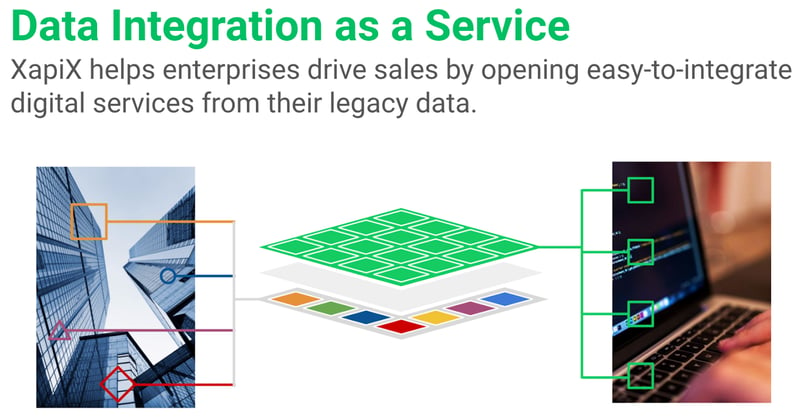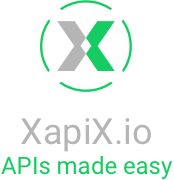Stakeholders of the traditional automotive industry & beyond are ramping up their efforts to release increasingly connected vehicles. The list of 44 companies working on autonomous vehicles that CB Insights has recently published highlights that this is a highly collaborative approach between players with different business goals, products and user groups - plus different technology stacks. The different players share at least two similarities: The dream of autonomous driving and the need to collaborate in order to make that a reality. Data transformation is a key component to ensure interoperability.
So, what’s happening today?
As automotive companies and their suppliers are accessing data from sensors on vehicles, this data is increasingly used to power new apps and services. At the moment, the core sensors and actuators of the car communicate through a CAN bus (Controller Area Network bus), which is accessible to a range of internal and external users of that data. Technically speaking, this data is available as modern RESTful API’s which connect to the Car Company’s cloud.
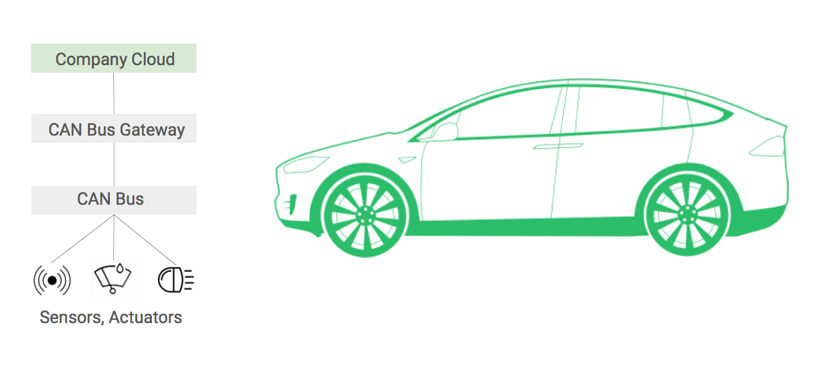
The Wish for Easy Interoperability & Current Challenges.
With apps and services now accessing car data from sensors through modern APIs, automotive companies and their suppliers have to provide interoperability with their existing backend systems and upgrade their infrastructure
Two key challenges are holding them back:
1. Legacy services in the SOAP output format (Simple Object Access Protocol) and modern interfaces in the REST (Representational State Transfer) output format are not easily compatible - a major roadblock for quick internal and external operability.
2. Data models and standards around data differ heavily as the group of stakeholders in the connected car space expands towards other tech and non tech providers, such as cities.
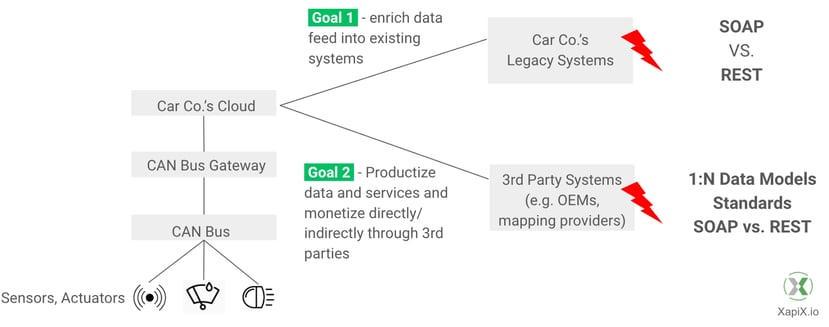
The ability for fast collaboration will nonetheless rely on efficient translation of the data between the different players. Yes, this needs to be addressed on the business side at least to the same extent, but on the technology side there are a couple of key areas that companies can leverage to decrease the burden of any partnership negotiation and implementation plan.
ParkWhiz provides a RESTful API - an excerpt is show here on https://www.xapix.io/apis/parkwhiz-api
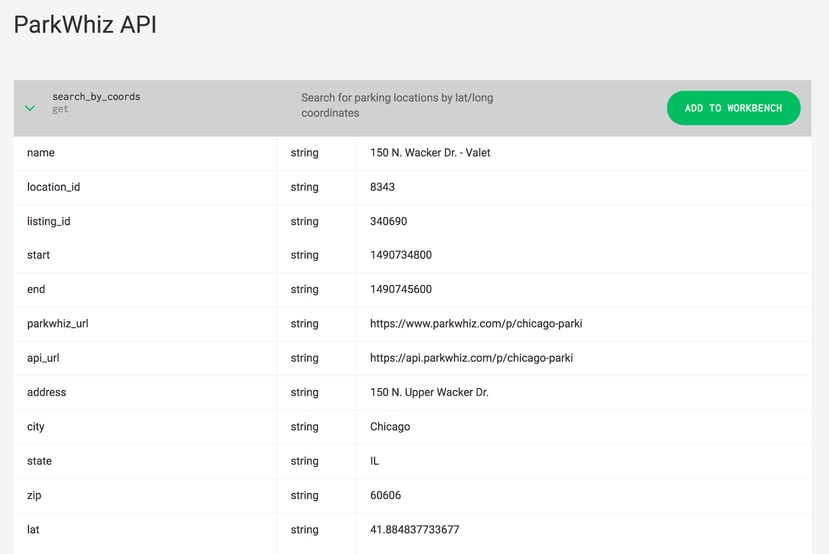
This stands in stark contrast to the traditional SOAP style, here shown in a public example from the trucking industry. Beware of highly nested data!
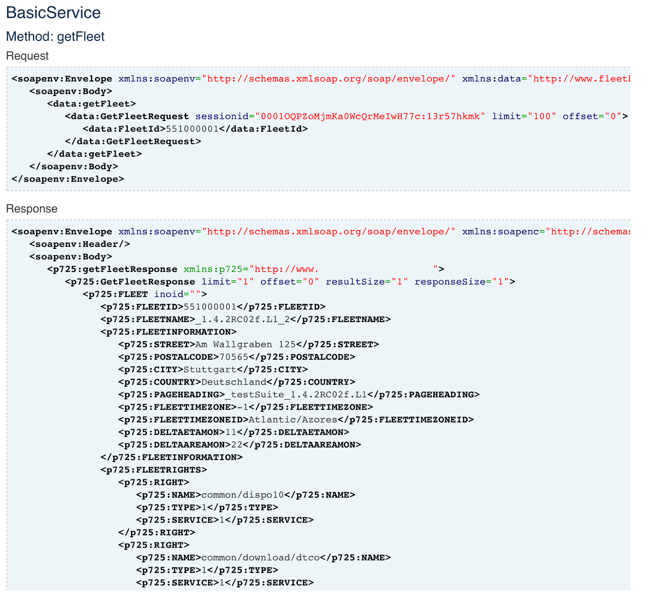
Transform Instead of Rebuild
Usually, a company would have to invest substantial time and financial resources to build new infrastructure to support each use case. But thanks to data transformation, the existing infrastructure can be reused to quickly allow interoperability between systems of different standards. A modernized output is auto-generated and is then adapted by developers allowing for fast accessibility.
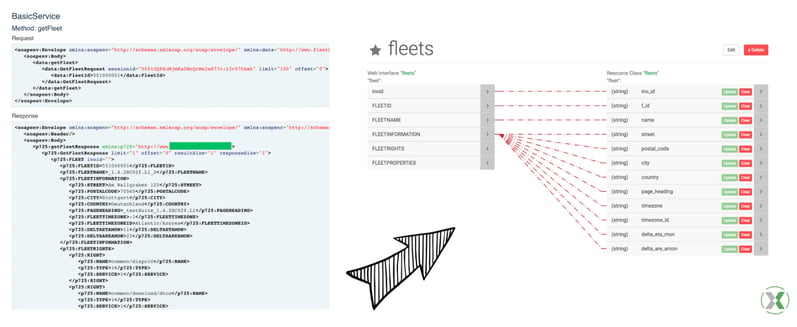
Key Aspect of data transformation
In order to achieve an output that does not require a 200 page documentation, three key activities are necessary:
1. Data structures are de-nested: This is key to taking the complexity out of the service and normalizing its structure down to the core.
2. Splitting & combining: Data from services is split up or combined with data from others. Whether this is enabling chain requests across multiple services, merging content, or simply filtering out the data that is required, once the data is normalized it becomes workable.
3. Renaming & applying functions: You are an expert in your company speak by now? Great, we and your external users definitely are not. Renaming content to generally applicable nomenclatures which developers across industry borders are familiar working with, further drives the adoption of services. The ability to run functions on the data output further gives developers here the flexibility to adjust to more standardized formats.
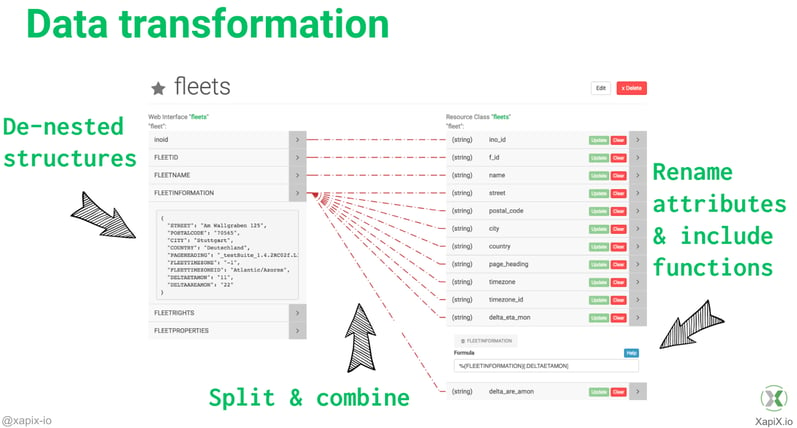
Want to try it out?
Today you can get a first glimpse at this by starting your project on xapix.io and diving into the expert section around “Project View”. Once you are ready to understand the full opportunities of our tooling, let’s set up a demo through partners@xapix.io and we will give you a full overview of our range of features reaching from data transformation, combinations across multiple APIs and supporting your development process with the fast generating of fake data for your APIs.

And XapiX?
